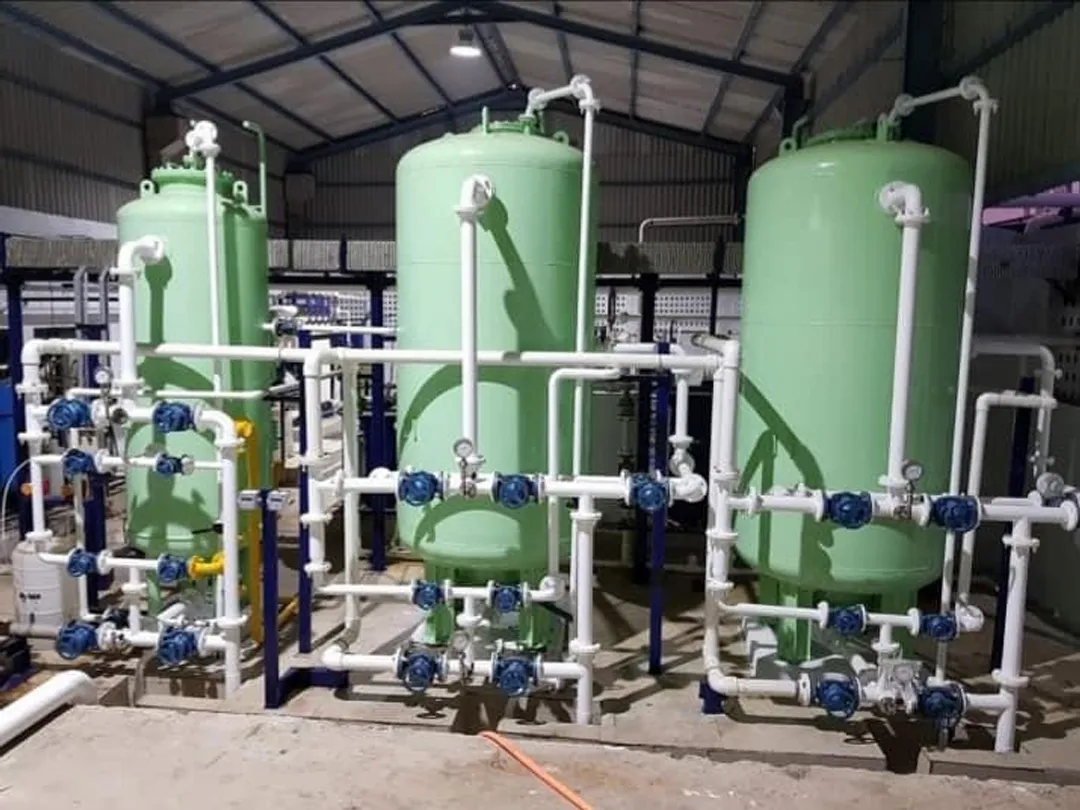Demineralization water treatment plants are essential facilities designed to remove dissolved minerals and salts from water, rendering it suitable for various industrial and commercial applications. The process of demineralization primarily involves the use of ion exchange technology, where specific ions in the water are replaced with hydrogen and hydroxyl ions, resulting in the production of deionized water. This purified water is crucial for industries that require high quality water free of impurities such as pharmaceuticals, power generation and electronics manufacturing.
In a standard demineralization plant, raw water goes through a sequence of treatment processes. Initially, the water is pre-treated to remove larger particles and organic matter which could hamper the efficiency of the ion exchange process. This pre-treatment can involve filtration and coagulation processes. Once the water is prepared, it passes through ion exchange resin beds. After passing through these resin beds, the treated water is deionized, achieving a high level of purity. Regular monitoring and maintenance of the ion exchange resins are vital to ensure the effectiveness of the demineralization process. The spent resins can be regenerated using appropriate chemicals, allowing for sustainable operation of the plant.
Demineralization plants are equipped with advanced monitoring systems to track the quality of the water produced ensuring it meets the stringent standards required by various industries. Additionally, these plants often incorporate modern technologies to enhance efficiency, reduce waste and minimize environmental impact. By providing high quality demineralized water, these facilities play a critical role in supporting industrial processes that demand precise water quality control.
